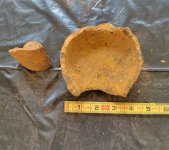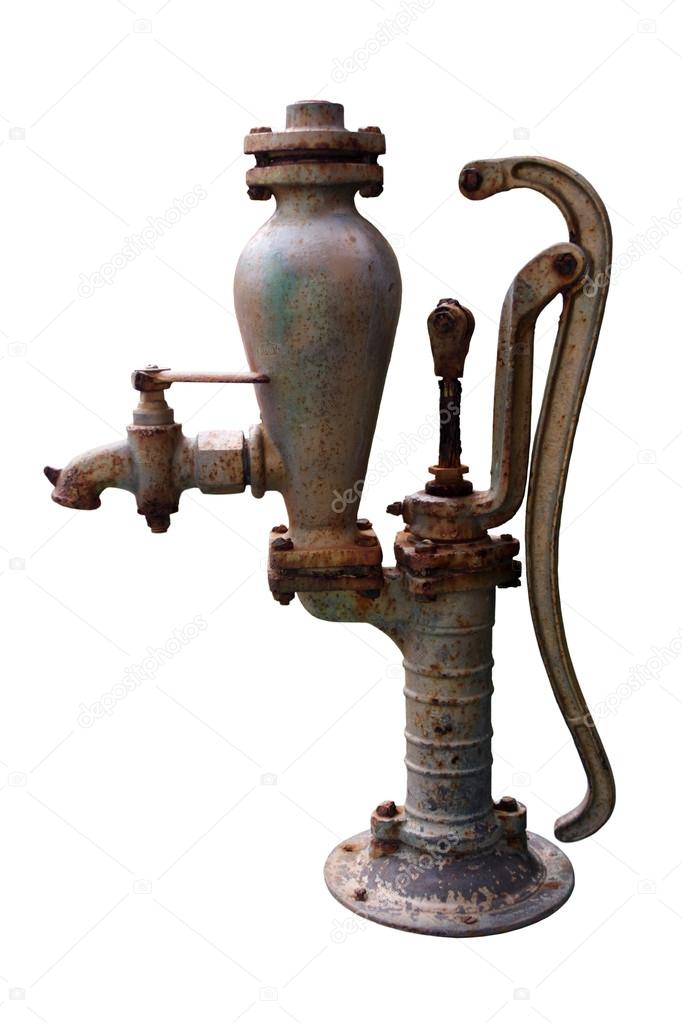traveller777
Gold Member
- Aug 20, 2017
- 5,435
- 17,436
- Detector(s) used
- Minelab CTX 3030 & Explorer
- Primary Interest:
- All Treasure Hunting
I am getting some iron relics ready to clean and hot wax treat. Thought I would ask about this item before cleaning.
I was just using the grape shot to hold up the other two items. I think the small piece is part of an artillery shell, maybe parrot, but not worried about it. I would like to know if the large fragment is from a cannonball. The shape seems right but it seems too thin to me, but I am no expert. My calipers, as you can see, were set on inches and the spot I measured it was .240 inch thick. But some spots were less and some more, depending on corrosion or rust. Any thoughts on identification are helpful.
I was just using the grape shot to hold up the other two items. I think the small piece is part of an artillery shell, maybe parrot, but not worried about it. I would like to know if the large fragment is from a cannonball. The shape seems right but it seems too thin to me, but I am no expert. My calipers, as you can see, were set on inches and the spot I measured it was .240 inch thick. But some spots were less and some more, depending on corrosion or rust. Any thoughts on identification are helpful.








